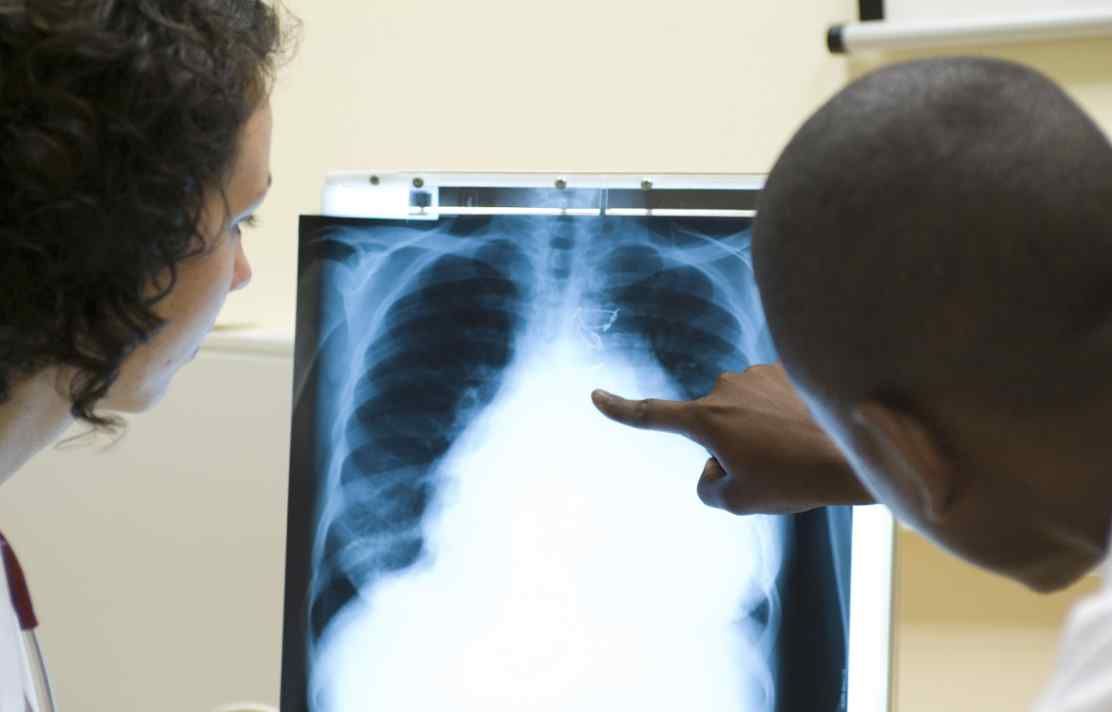BibTex format
@article{Singanayagam:2022:10.1016/s1473-3099(21)00648-4,
author = {Singanayagam, A and Hakki, S and Dunning, J and Madon, KJ and Crone, MA and Koycheva, A and Derqui-Fernandez, N and Barnett, JL and Whitfield, MG and Varro, R and Charlett, A and Kundu, R and Fenn, J and Cutajar, J and Quinn, V and Conibear, E and Barclay, W and Freemont, PS and Taylor, GP and Ahmad, S and Zambon, M and Ferguson, NM and Lalvani, A and ATACCC, Study Investigators},
doi = {10.1016/s1473-3099(21)00648-4},
journal = {The Lancet. Infectious diseases},
pages = {183--195},
title = {Community transmission and viral load kinetics of the SARS-CoV-2 delta (B.1.617.2) variant in vaccinated and unvaccinated individuals in the UK: a prospective, longitudinal, cohort study.},
url = {http://dx.doi.org/10.1016/s1473-3099(21)00648-4},
volume = {22},
year = {2022}
}
RIS format (EndNote, RefMan)
TY - JOUR
AB - <h4>Background</h4>The SARS-CoV-2 delta (B.1.617.2) variant is highly transmissible and spreading globally, including in populations with high vaccination rates. We aimed to investigate transmission and viral load kinetics in vaccinated and unvaccinated individuals with mild delta variant infection in the community.<h4>Methods</h4>Between Sept 13, 2020, and Sept 15, 2021, 602 community contacts (identified via the UK contract-tracing system) of 471 UK COVID-19 index cases were recruited to the Assessment of Transmission and Contagiousness of COVID-19 in Contacts cohort study and contributed 8145 upper respiratory tract samples from daily sampling for up to 20 days. Household and non-household exposed contacts aged 5 years or older were eligible for recruitment if they could provide informed consent and agree to self-swabbing of the upper respiratory tract. We analysed transmission risk by vaccination status for 231 contacts exposed to 162 epidemiologically linked delta variant-infected index cases. We compared viral load trajectories from fully vaccinated individuals with delta infection (n=29) with unvaccinated individuals with delta (n=16), alpha (B.1.1.7; n=39), and pre-alpha (n=49) infections. Primary outcomes for the epidemiological analysis were to assess the secondary attack rate (SAR) in household contacts stratified by contact vaccination status and the index cases' vaccination status. Primary outcomes for the viral load kinetics analysis were to detect differences in the peak viral load, viral growth rate, and viral decline rate between participants according to SARS-CoV-2 variant and vaccination status.<h4>Findings</h4>The SAR in household contacts exposed to the delta variant was 25% (95% CI 18-33) for fully vaccinated individuals compared with 38% (24-53) in unvaccinated individuals. The median time between second vaccine dose and study recruitment in fully vaccinated contacts was longer for infected individuals (medi
AU - Singanayagam,A
AU - Hakki,S
AU - Dunning,J
AU - Madon,KJ
AU - Crone,MA
AU - Koycheva,A
AU - Derqui-Fernandez,N
AU - Barnett,JL
AU - Whitfield,MG
AU - Varro,R
AU - Charlett,A
AU - Kundu,R
AU - Fenn,J
AU - Cutajar,J
AU - Quinn,V
AU - Conibear,E
AU - Barclay,W
AU - Freemont,PS
AU - Taylor,GP
AU - Ahmad,S
AU - Zambon,M
AU - Ferguson,NM
AU - Lalvani,A
AU - ATACCC,Study Investigators
DO - 10.1016/s1473-3099(21)00648-4
EP - 195
PY - 2022///
SN - 1473-3099
SP - 183
TI - Community transmission and viral load kinetics of the SARS-CoV-2 delta (B.1.617.2) variant in vaccinated and unvaccinated individuals in the UK: a prospective, longitudinal, cohort study.
T2 - The Lancet. Infectious diseases
UR - http://dx.doi.org/10.1016/s1473-3099(21)00648-4
UR - https://www.sciencedirect.com/science/article/pii/S1473309921006484?via%3Dihub
UR - http://hdl.handle.net/10044/1/92391
VL - 22
ER -
